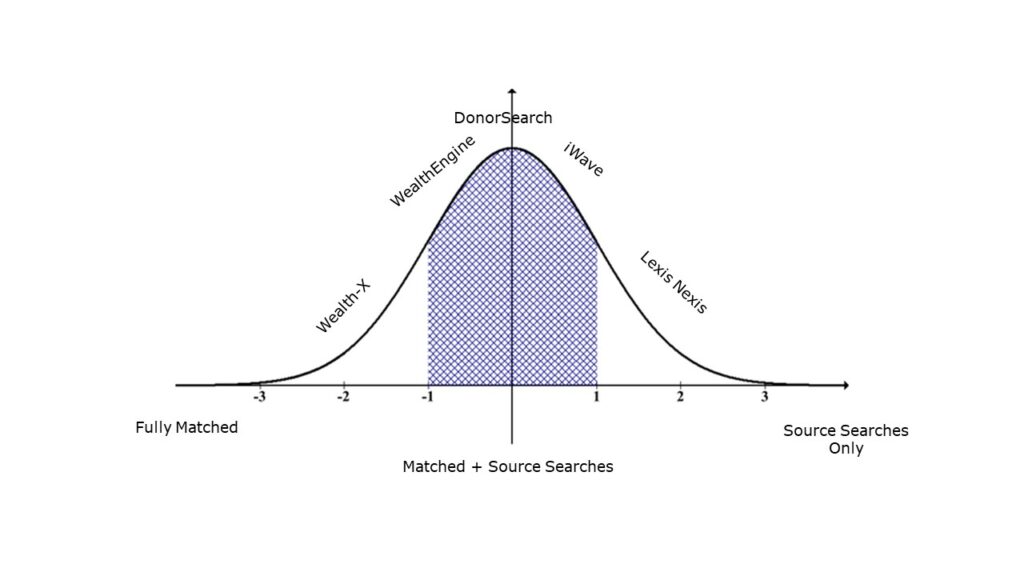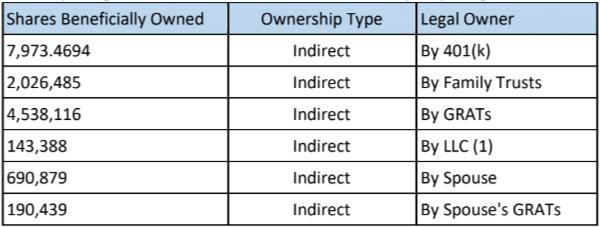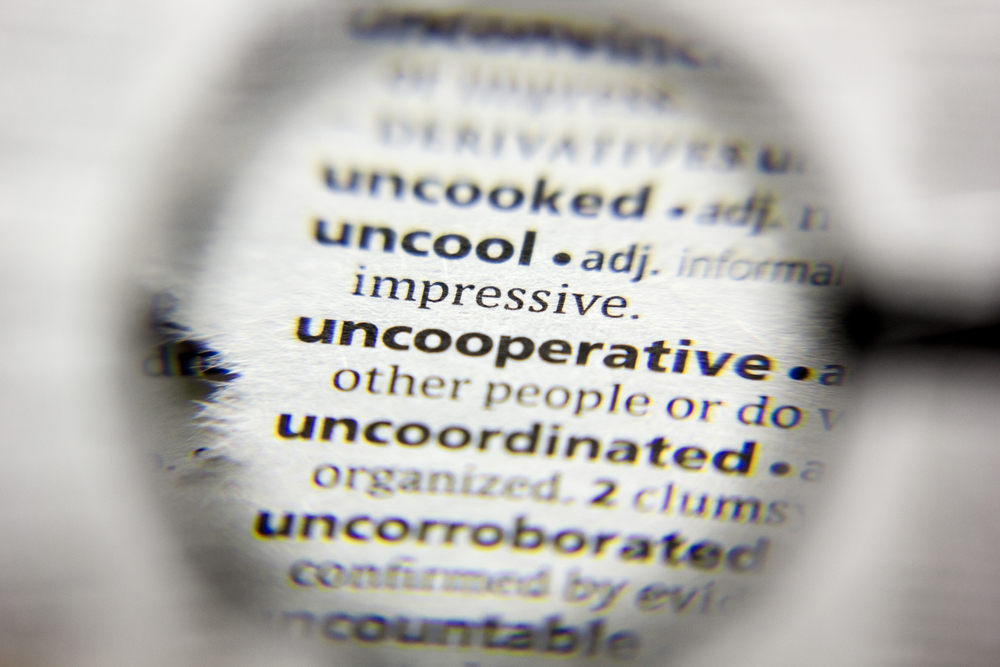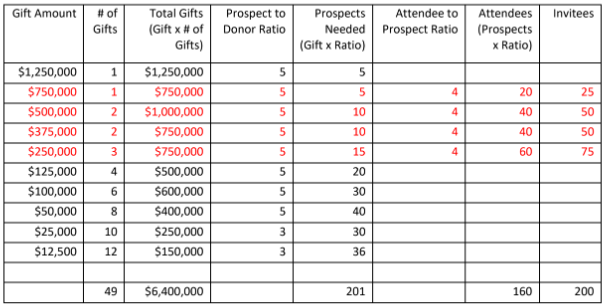
There is a lot of discussion and opinions about donor advised funds in the US. Some people suggest that it is the democratization of philanthropy and others suggest it is just another way the very wealthy can wield influence and power anonymously.
I found myself wondering how Donor Advised Funds (DAFs) might be operating in other countries. I discovered two fascinating aspects of DAFs that I want to share with you.
1 – Another motivation behind establishing DAFs is international giving.
If you are a person of means and serious about philanthropy, you might want to have a global impact on a particular issue or cause. Making gifts outside of your home country can become complex pretty quickly, whether you want to make an individual or private foundation gift. Currency exchange rates, taxes, local regulations, due diligence and more can make giving challenging.
Another hindrance to giving globally can be the destination country’s rules about how much money an NGO (non-governmental organization) can receive from a foreign donor.
On its website, the National Philanthropic Trust (NPT) describes the services it can provide to philanthropists who want to give internationally through a DAF:
“Grants to charities based abroad require additional due diligence to determine the charity’s eligibility to receive a grant. NPT uses two processes to assess charities based outside the United States — Equivalency Determination and Expenditure Responsibility — which may include analysis of the charity’s incorporating documents and financials, as well as an OFAC screening of all principals and board members. Our staff’s behind-the-scenes work to qualify charities abroad lets donors focus on their global charitable vision.”
What can philanthropists do to maximize the amount of money they can give, and the corresponding influence they might have, outside home country borders? Add a DAF to the mix of giving vehicles, of course!
The DAF takes care of the complexities for the donor, and gifts made from the DAF are not attributable to the original donor, extending limitations on amounts received from foreign donors.
2 – The excitement over DAFs has been contagious, spreading rapidly around the globe.
While anonymity is one aspect of DAFs, the often relatively low minimum amount of money required to open a DAF, especially when combined with the philanthropic objectives of a community foundation,can make DAFs an attractively democratic giving vehicle.
Certainly, DAFs have gained in popularity in wealthy Western countries, such as Canada, the UK, and elsewhere in Europe, but even in Australia, Firstlinks reported in 2019 that assets held in sub-funds (the equivalent of DAFs) totaled over $1 billion.
In a 2020 podcast interview, Catherine Loh, CEO of The Community Foundation of Singapore shared that the foundation was one of the only community foundations established in Southeast Asia. Creating a DAF there requires a donation of$200,000, but this can be made in $50,000 pledge payments.
If you are researching a prospector a country, and want to learn if DAFs are a possibility, a great place to look is the Community Foundation Atlas directory. Community Foundations are often the first charitable partners that local and foreign donors seek to fulfill charitable ambitions.
For example, the Community Foundation of Western Zimbabwe, Africa, was the first grant making institution established in the country in 1998. The 3 million people who live in the three provinces of Western Zimbabwe–Matabeleland North and South and the Midlands — are the country’s poorest.
The foundation’s website specifically mentions that it can manage donor advised funds for a specific organization of the donor’s choice, offering local expertise to assist in making the right decision.
Focusing on local donors can be difficult when a community foundation’s community is not wealthy, but not impossible. Alliance Magazine published a working paper, Philanthropy in the Arab Region, that specifically mentions the use of DAFs to garner local support.
“Dalia [Association], for example, has tried to marry community participation and being flexible to donor needs, including offering donor advised funds. This makes organizations vulnerable as you can lose connections with the community.’
…
On the other hand, [Jenny Hodgson of the Global Fund for Community Foundations] says,‘ community philanthropy has the strength of being able to hide donors in a larger group. It’s harder to close down an organization with 50 local donors.’”
Don’t overlook the international aspects of DAFs
Whether you are focused on the affluent, high net worth, or ultra-high net worth donor population, don’t forget that your donors could be motivated to have a philanthropic impact globally. DAFs can help them fulfill those aspirations.
And if you are researching a prospect outside of your home country, consider how community foundations and DAFs might play a part in their philanthropic activity.
Additional Resources
- International Grantmaking | National Philanthropic Trust
- The 2019 DAF Report | National Philanthropic Trust UK
- The $1 billion quiet achiever in Australian philanthropy | Firstlinks, a financial services publishing company | 2019
- The rise of Donor Advised Funds in Singapore | MoneyFM 89.3 podcast | 2020
- Community Foundation Atlas | Directory
- Community Foundation of Western Zimbabwe | comfoundzim.org | NOTE: This website was marked as unsafe by malware, but you can safely view pages through the Google cache option
- Philanthropy in the Arab Region: A working paper by Caroline Hartnell | Alliance Magazine
- Dalia Association | “A community foundation founded in 2007 by diverse members of the Palestinian community committed to mobilize, invest and distribute resources according to local Palestinian priorities using community-based decision-making.”












